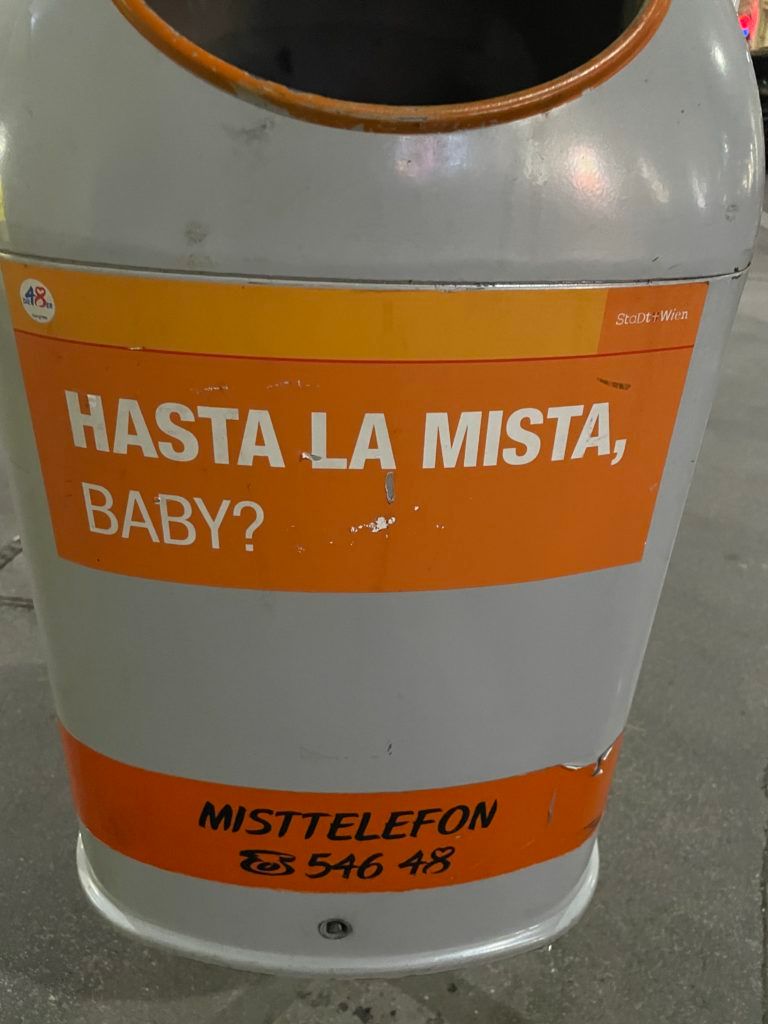Rome, football and finally attempting to learn some Italian
By Liam Kinney, Alexika Translations Manager “Wow, enjoy Rome! You’ve been before, haven’t you?” Correct! Just the four times now after my visit in mid-October, all coming in the last eight years. As unbelievably beautiful as it is, what is it that keeps luring me...
From Tuscany to the World: How the Etruscans Shaped Our Alphabet
On a recent visit to Volterra in Tuscany, our Managing Director Mark took time to explore the Museo Etrusco Guarnacci, one of Italy’s oldest museums and a treasure house of Etruscan artefacts. Among the urns, sculptures, and delicate jewellery, one fact stood out:...
The Hidden Risks of Inaccurate Legal Translation
When it comes to legal documents, words aren't just words — they’re obligations, liabilities and, often, outcomes. Whether you're handling cross-border contracts, international litigation, patents or due diligence documentation, accuracy in legal translation isn’t...
Flemish vs Dutch: Why Getting the Language Right Matters When Exporting to Flanders
For UK companies exporting to continental Europe, Belgium is a prime opportunity — strategically located, multilingual, and highly industrialised. But understanding the country’s unique linguistic landscape is vital to making the right first impression. One of the...
CPD for Professional Linguists — Keep Learning Everyone!
Continuing Professional Development (CPD) is a critical subject for professional linguists —and rightly so. For translators, interpreters, project managers - and indeed for other roles, some of which are evolving in the profession - it matters. CPD ensures that...
Using the Internet to Improve Your Language Skills
The internet has revolutionised language learning, making it easier than ever to improve and maintain your language skills. Whether you’re starting from scratch or simply brushing up, there are countless free and accessible resources online to help you stay engaged...
The Importance of Specialised Translation in Engineering
In the competitive global marketplace, engineering companies working hard to export their products must ensure that their technical documents, user manuals, and product specifications are accurately translated. Unlike general translation, engineering translation...
Reflections on Returning to Lyon
From our Translations Manager Liam... During my university studies, I was lucky enough to spend the third year of my Modern Languages degree studying abroad in Lyon. I lived there from September 2013 until June 2014 and had an amazing time in France’s third-largest...
Thoughts on Wordplay, Viennese Bins and Austrian German Translation
This was intended to be a learned discourse on the differences between Germany and Austria for German language translation after a recent trip to Vienna. But the thing about travelling with linguists is that they get distracted.
Pharmaceutical Translations – and Trust
When a pharmaceutical company orders a translation, whether for regulatory purposes, research or patient information, the relationship with the translation company must be based on trust. This means trust that the translation will be performed by a qualified...











